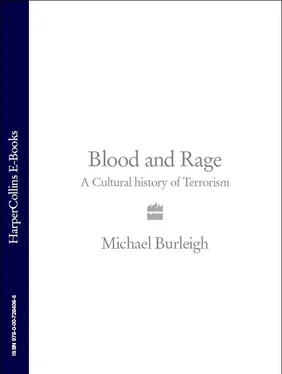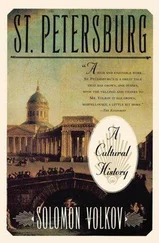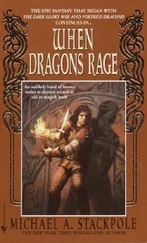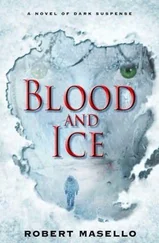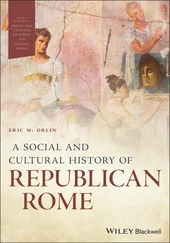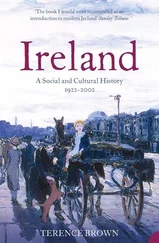The US government was culpably indulgent towards Fenian terrorism, as it would be for the next hundred years. Despite British government protests, nothing was done by the American authorities to stop the Fenians openly soliciting money in the US for anti-British outrages, notably through the so-called Dynamite Press. The Fenians were even allowed openly to use riverbank yards to develop a submarine whose sole object was to harass British shipping. US authorities rejected all British attempts to extradite Irish fugitives. All of which is to say that the Fenians had discovered an important terrorist tactic, that of using a benign foreign base for fund-raising and launching terrorist operations. British protests to Washington might have been taken more seriously had England, and especially London, not itself been a welcoming haven for every species of foreign radical. The French, who reacted with alacrity in detecting and deporting Paris-based Fenian supporters, chivalrously overlooked the fact that the bombs used by Orsini in his 1857 bid to kill Napoleon III had been manufactured in Birmingham.
Within six years, the Fenians had over fifty thousand supporters in Ireland. There, Fenianism was often little more than an assertive badge of identity and an opportunity for politicised recreation, in which young men joined a parallel society based on military drill, picnics and the adoption of non-deferential American manners towards priests, policemen and squires. 5The movement had its own newspaper, Irish People , and in James Kickham at least one writer of note. Across the Atlantic it enabled demobilised veterans of the Civil War to defer their return to civilian normality and to act on behalf of an Ireland that assumed mythical proportions through greater distance from its complex realities. In February 1867 a Civil War veteran and Fenian, captain Thomas J. Kelly (he promoted himself to colonel when he entered the service of Ireland), ordered a series of risings in Ireland, to be accompanied by diversionary supporting incidents in England, and two invasions of Canada, in the name of the US, which were frustrated by a British secret agent and the US government itself.
One escapade involved the capture of Chester Castle, which contained an arsenal with thirty thousand stands of rifles. The Fenian plan was to commandeer a train to take the arms to the port of Holyhead where a steamer would ship them to Ireland. Telegraph wires would be cut and rail track ripped up in the train’s wake so as to stymie pursuit. Fires in the city and interference with the water works would create even greater chaos, the first manifestations of future co-ordinated terrorist campaigns. The raid on the castle involved a hard core of American veterans, supported by several hundred ruffians who infiltrated themselves into Chester by rail from Liverpool and other northern cities with large Irish minorities.
The raid was halted before it started. Tipped off by spies, and concerned about the convergence of large groups of young Irishmen on Chester, the British authorities poured troops and police into the city, the mere sight of whom led to the dispersal of the Fenians. They dropped their cartridges, clubs and revolvers into the River Dee or the nearest ditch. The rising in Ireland was crushed as a result of the suspension of habeas corpus and the arrest of prominent nationalists; increases in troop numbers; and deployment of ships to watch the Atlantic approaches. It coincided with the worst snowstorm in fifty years, which put paid to national deliverance by Irish-American soldiers on Erin’s Hope. Fifty thousand British troops and police mopped up a few thousand Fenians, although not before they had issued their proclamation:
We therefore declare that, unable to endure the curse of Monarchical government, we aim at founding a republic based on universal suffrage, which shall secure to all the intrinsic value of their labour. The soil of Ireland in the possession of an oligarchy belongs to us, the Irish people, and to us it must be restored. We declare also in favour of absolute liberty of conscience, and complete separation of Church and State. 6
Colonel Kelly, who in the interim had created an assassination unit to deal with agents and informers, and captain Timothy Deasy were initially picked up in Manchester under the Vagrancy Act. News of their arrest spread throughout Manchester’s substantial Irish minority, and eventually reached the ears of two Irish-American officers, Edward O’Meagher Condon and Michael O’Brien. Together they assembled a team of ten to rescue Kelly and Deasy as they were being transferred in a Black Maria for remand hearings at another city prison. Six policemen rode on top of the horse-drawn box, in which a sergeant Brett sat with the keys to the prisoners’ locked cage. Four more officers followed in a carriage behind. None of the ten policemen was armed.
The carriage was ambushed as it passed beneath a railway bridge. Once shots were fired to kill the off-side horse, the escort ran for cover. The rescuers then fired at the lock on the prison van, contriving to hit sergeant Brett in the head as he peeped apprehensively through the ventilator grille. Kelly and Deasy seized his keys and joined their rescuers, who made a run for it across Manchester’s criss-crossed railway tracks. Neither man was captured – although Deasy in his dark pea jacket, grey trousers, deerstalker and handcuffs might have been thought conspicuous. They resurfaced as heroes in America.
The authorities had more luck in apprehending the rescuers and their penumbra of supporters. Twenty-eight people appeared in the dock of Manchester magistrates’ court, of whom five were then sent for trial by judge and jury for murder, felony and misdemeanour. As an indication of how seriously the government regarded the trial, the prosecution case, which was one of common cause due to uncertainty about which individual had murdered sergeant Brett, was put by the attorney-general, the Crown’s leading law officer. After a five-day hearing, all of the defendants were found guilty of murder and sentenced to execution by hanging. The British press managed to have one of the convictions quashed, because the convicted man had a cast-iron alibi, an anomaly that might have affected the sentences handed down on the four found guilty. While The Times opined that terrorism ‘must be repelled by lawful terrorism’, twenty-five thousand sympathetic working-men demonstrated for royal clemency on Clerkenwell Green in London. Domestic and foreign middle-class radicals drew attention to the paradox whereby the British lionised the Italian radical Garibaldi while treating his Irish equivalents as common or garden murderers, an early manifestation of the claim that yesterday’s terrorist is tomorrow’s statesman. Petitions were drawn up by such progressive celebrities as Charles Bradlaugh, John Stuart Mill and Karl Marx. Two days before the executions were to be staged, the single American convicted – Condon -was reprieved so as to avoid diplomatic complications with the US.
Meanwhile, a thirty-foot section of the prison wall was dismantled, on which arose a cross-beamed gallows shrouded in black drapery. Next morning, five hundred soldiers and two thousand constables interposed themselves between the gallows and a large crowd of spectators. Other army units took up positions throughout the city. There was dense fog as the three men were led up the thirty-five to forty steps of the scaffold for their rendezvous with William Calcraft, the alcoholic white-haired executioner, whose sinister forte was to leap on the backs of men whose necks had not been instantaneously broken. All three men were hanged together. Allen died instantaneously. Calcraft descended to finish off Larkin, but was prevented by a Catholic priest from performing a similar service for O’Brien, who duly choked to death three-quarters of an hour later.
Читать дальше
